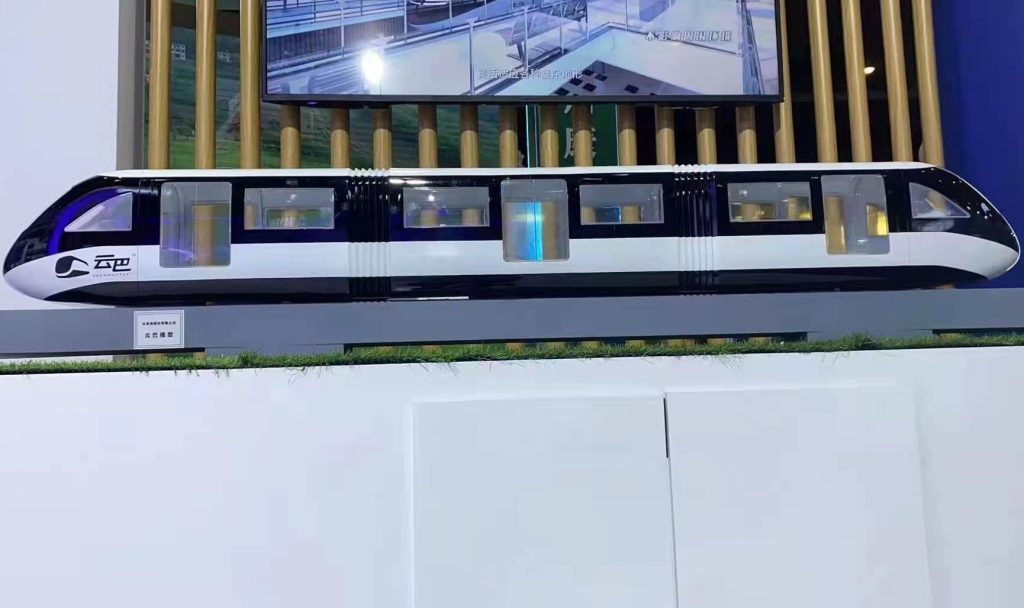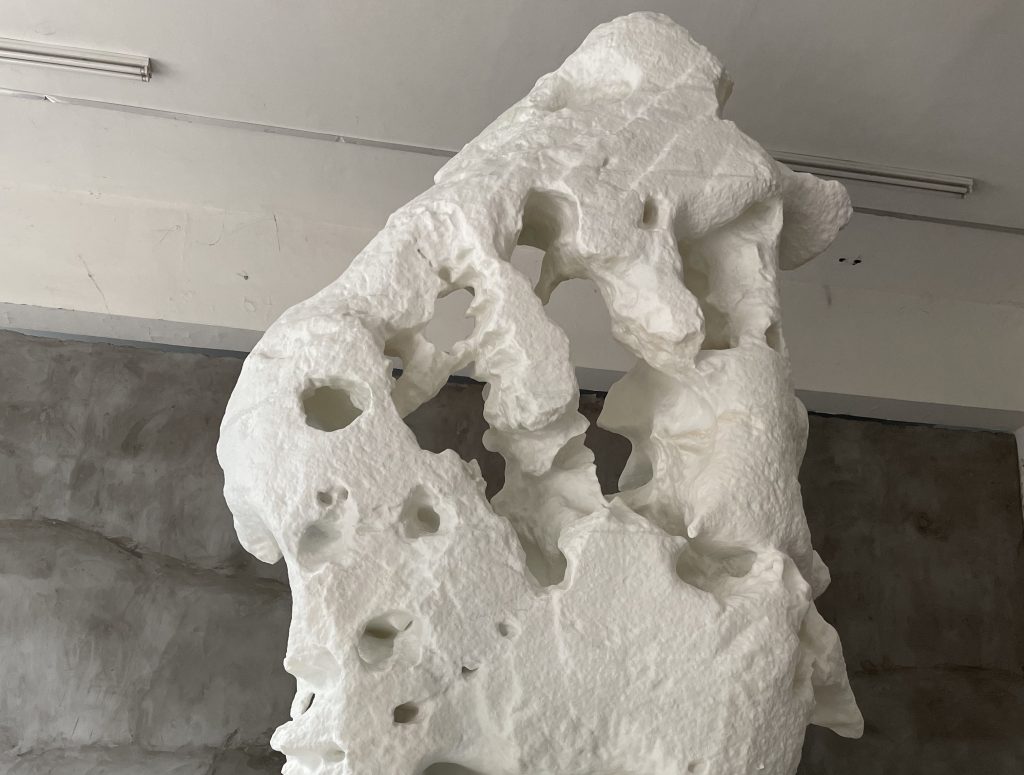SoonSer, the industrial brand of 3D printer and consumables manufacturer SoonSolid, has unveiled a series of use cases that showcase the large-format prototyping prowess of its Mars Pro machines.
With build areas as large as 1600 x 800 x 600mm, SoonSer’s SLA systems are designed to help users produce huge one-off models or accelerate their R&D process by creating multiple mock-ups in a single run.
To demonstrate what’s possible with the Mars Pro, the firm has now revealed a set of potential applications for its products, ranging from a precise industrial model to massive ‘artificial mountains.’
SoonSolid’s 3D printing portfolio
Based in China, SoonSolid is a tech conglomerate that manufactures 3D printers under two main brands: SoonSer and SprintRay. The latter represents SoonSolid’s global supplier of dental manufacturing systems, materials and related software, and its offering currently includes the desktop SprintRay Pro 3D printer, which in keeping with the industrial SoonSer brand, is said to yield a “massive throughput.”
Thanks to its rapid production capabilities, SoonSolid says the SprintRay is now “America’s top brand of dental 3D printer,” and it recently hired 100m world record holder Usain Bolt as a Global Ambassador for the brand as part of the broader ‘Bolt Labs’ initiative, which will see it work with the Jamaican Dental Association to expand global access to dental care.
Under its SoonSer brand, SoonSolid’s offering includes the Coscan dental 3D scanner, the CeraRay CR-II and CeraRay TC-I ceramic 3D printers, and its flagship Mars Pro machines. Designed to be easy-to-use and maintain but still yield stable and ultra-precise 3D models, the Mars Pro is available in three similar albeit slightly different versions.
Varying mostly by their weight, size and build volumes, all three SLA systems: the 600, 850 and 1600, feature the same modular design. This means each is built around a marble platform and rigid Z-axis structure, providing them with the stability needed to create accurate parts, while their layout is said to give a ‘lifting effect’ to resulting models.
Where the machines differ is scalability, as while the Mars Pro 600 has a not-in-itself-tiny 600 x 600 x 400mm build volume, SoonSer has fitted the 850 and 1600 editions with much larger platforms. In doing so, the company has left some wiggle room for adopters to scale their production capabilities as they need to, whether that be for producing healthcare or automotive parts or high-quality prototypes.

Mars Pro prototyping in-action
In order to showcase the sheer print accuracy, speed and scalability it’s possible to achieve with the Mars Pro, SoonSolid has now released three different case studies. In the first, the firm 3D printed a multicolored production line model with intricate details over seven days, which is designed to precisely highlight different areas of a real industrial workflow.
Produced using SoonSer’s resin SLA 3D printers, even the smallest elements of the model, which include more than 65 different components, are said to feature an extremely high level of detail, reflecting the machines’ precision industrial planning potential.
The company’s second prototype demonstration, meanwhile, showcases the Mars Pro’s railway model 3D printing capabilities, with a recreation of the autonomous ‘Yunba’ Sky Shuttle being built in China. Featuring windows made from the transparent S-CL7001 resin and a steel tube-reinforced structure, the scale model train was first created in smaller parts before being polished, assembled, and painted.
Thanks to its strengthened core, the model has ultimately been able to meet the needs of its end-user, which aims to display the replica train for long periods without having to carry out any maintenance. What’s more, by using the economical Mars Pro and PP-like S-CL7001 to produce the model, SoonSer’s client has been able to cut its production process down to just five days, yielding a huge time-saving.

Moving mountains with 3D printing
Elsewhere, in one of SoonSer’s largest industrial printing demos to date, the firm has shared details of its collaboration with the China University of Mining and Technology. Once again deploying the Mars Pro, but this time depositing a mixture of resin, fiber-reinforced plastic and aluminum, the firm was able to help build a colossal 6m x 2.5m x 1.5m artificial mountain, which is said to be ‘five people tall.’
Shortly after erecting its first replica cliff, the company then worked with Shaoxing University as well, in a project that saw it create another, more flexible model. Built for display at one of the university’s exhibits, the 6m x 2.5m x 0.85m piece was constructed in three chunks, each with an additive manufactured surface that, according to SoonSer, featured “exceptional sidewalls and crisp feature resolution.”
Once ready, the mountain’s pieces were bolted together and later reinforced with an array of metal joints to ensure that its surface doesn’t deform during long-term display. Taking a total of around 20 days to complete from production through to final testing, the massive print has now been put on display, where it is fixed to hydraulic rods that allow it to rotate to any angle from 45° to 75°.
For those manufacturers seeking to achieve similar large-format 3D printing results, more information about the Mars Pro can now be found via the dedicated SoonSer store page.
Likewise, the company is currently seeking a distributor that would be interested in shipping its industrial systems to clients, and is encouraging potential suitors to reach out.

To stay up to date with the latest 3D printing news, don’t forget to subscribe to the 3D Printing Industry newsletter or follow us on Twitter or liking our page on Facebook.
For a deeper dive into additive manufacturing, you can now subscribe to our Youtube channel, featuring discussion, debriefs, and shots of 3D printing in-action.
Are you looking for a job in the additive manufacturing industry? Visit 3D Printing Jobs for a selection of roles in the industry.
Featured image shows one of SoonSer’s 3D printed ‘artificial mountains.’ Photo via SoonSer.



